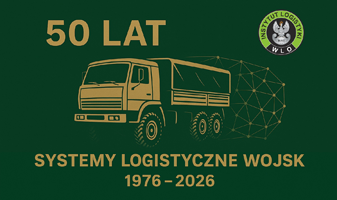STUDIUM PRZYPADKU
Driving techniques for drivers with mobility disabilities.
1
ZDO, Motor Transport Institute, Poland
Zaznaczeni autorzy mieli równy wkład w przygotowanie tego artykułu
A - Koncepcja i projekt badania; B - Gromadzenie i/lub zestawianie danych; C - Analiza i interpretacja danych; D - Napisanie artykułu; E - Krytyczne zrecenzowanie artykułu; F - Zatwierdzenie ostatecznej wersji artykułu
Data nadesłania: 14-12-2023
Data akceptacji: 28-12-2023
Data publikacji: 31-12-2023
Autor do korespondencji
SLW 2023;59(2):209-230
SŁOWA KLUCZOWE
DZIEDZINY
STRESZCZENIE
“Driving technique is the way of using the road consciously chosen by the driver. The key to appropriate driving technique is the driver's knowledge, skills and characteristics.” [1] The above-mentioned skills refer only to the manner of using the vehicle by an able-bodied driver (driver candidate and full-fledged driver). The techniques used by the vehicle driver affect the possibility of making mistakes while driving and the time needed to perform manoeuvres. Generally accepted driving standards and principles do not cover how to drive a vehicle adapted to the needs of a disabled driver. These skills are therefore not developed during the course preparing candidates with disabilities to become drivers, or at a later stage after obtaining driving licenses. The aim of the article is to present ways of driving a vehicle using the most common adaptive devices used by people with mobility disabilities. The research used the case study method, i.e. a case study involving the analysis and discussion of real situations [2]. The lack of information relating to driving techniques adapted to the needs of drivers with disabilities is a gap that should be filled. The study describes the processes relating to driving techniques of a vehicle with the most commonly used adaptation sets.
Udostępnij
Przetwarzamy dane osobowe zbierane podczas odwiedzania serwisu. Realizacja funkcji pozyskiwania informacji o użytkownikach i ich zachowaniu odbywa się poprzez dobrowolnie wprowadzone w formularzach informacje oraz zapisywanie w urządzeniach końcowych plików cookies (tzw. ciasteczka). Dane, w tym pliki cookies, wykorzystywane są w celu realizacji usług, zapewnienia wygodnego korzystania ze strony oraz w celu monitorowania ruchu zgodnie z Polityką prywatności. Dane są także zbierane i przetwarzane przez narzędzie Google Analytics (więcej).
Możesz zmienić ustawienia cookies w swojej przeglądarce. Ograniczenie stosowania plików cookies w konfiguracji przeglądarki może wpłynąć na niektóre funkcjonalności dostępne na stronie.
Możesz zmienić ustawienia cookies w swojej przeglądarce. Ograniczenie stosowania plików cookies w konfiguracji przeglądarki może wpłynąć na niektóre funkcjonalności dostępne na stronie.


